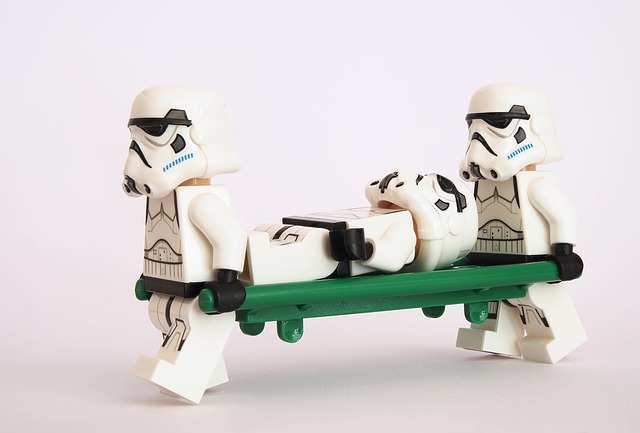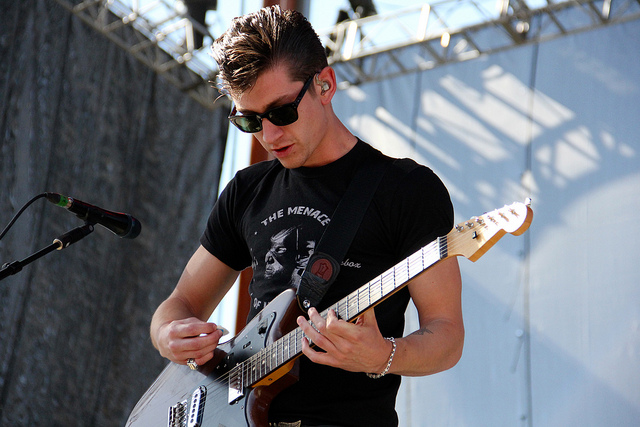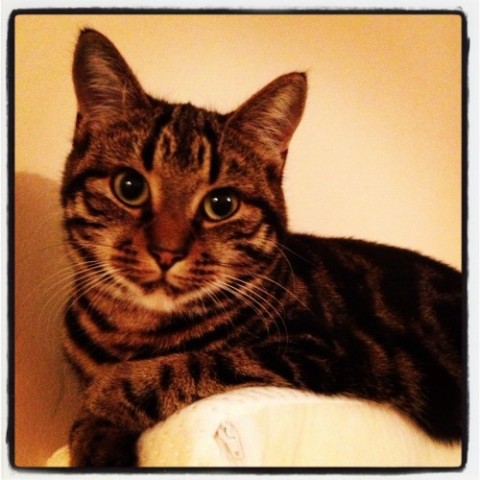GIVEAWAY – St John Ambulance Children’s First Aid Kit
Knowing basic first aid can come in very handy as a parent and just in general day-to-day life, you’ll never know when you might be expected to act fast in a situation, and having a basic knowledge can really help the patient and the situation at hand whilst professional help is sought (if required at all). St John Ambulance have have put together some common first aid situations that a parent might find useful. You’ll also find some really great first aid advice with videos on their website too.

Sunburn
What to look for:
• Reddened skin
• Pain in the area of the burn
• Later, blistering may appear.
How to treat sunburn:
1. Cover the skin with light clothing and move out of the sun
2. Drink sips of water
3. Cool the skin by sponging with cold water
4. Apply calamine or after-sun lotion to mild sunburn
• If there are blisters, seek medical advice.
Asthma attack
What to look for:
• Difficulty breathing
• Wheezing and coughing
• Distressed and anxious
• Difficulty speaking, shown through short sentences and whispering
• Signs of hypoxia such as grey-blue tinge to the lips, earlobes and nailbeds
• In a severe attack – exhaustion.
How to treat an asthma attack:
1. Reassure them, help them to use their reliever inhaler
• If no inhaler call 999/112
2. Ask them to breathe slowly and deeply
3. Sit them down
4. If the attack does not ease, advise one to two puffs every two minutes for up to 10 puffs
5. If they still don’t improve call 999 or 112
• Monitor breathing and level of response
• If unresponsive, prepare to give CPR
Choking (child)
What to look for
1. Difficulty breathing, speaking or coughing
2. A red puffy face
3. Signs of distress and they may point to their throat or grasp their neck.
What to do if a child is choking
1. Cough it out
• Encourage the child to keep coughing
2. Slap it out
• Give 5 sharp back blows between the shoulder blades
• Check their mouth each time
3. Squeeze it out
• Give 5 abdominal thrusts
• Check their mouth each time
4. Call 999/112 for emergency help
• Repeat steps 2 and 3 until help arrives.
Cuts and grazes
How to treat cuts and grazes:
1. If the wound is dirty, clean the wound with cold running water or alcohol-free wipes
2. Pat it dry
3. Raise and support the injury
4. Apply a sterile adhesive dressing.
Fractures
What to look for:
• Deformity, swelling and bruising around the fracture
• Pain and/or difficulty moving the area
• A limb may look shorter, twisted or bent
• A grating noise or feeling from the ends of the broken bones
• Difficult or unable to move the limb normally
• A wound that may have a bone end protruding, known as an open fracture
• May develop signs of shock, particularly with the fracture of a thigh bone or pelvis.
How to treat a fracture:
1. If there’s an open fracture
• cover the wound with a sterile dressing
• apply pressure around the wound, not over a protruding bone
• secure with a bandage
2. Support the injured part above and below the joint
3. Place padding around injury
4. Call 999/112 for emergency help
• Do not move the casualty unless you have secured the limb
5. Treat for shock
6. Monitor breathing and level of response.
Heatstroke
What to look for
1. Headache, dizziness and discomfort
2. They may be restless and confused
3. Hot, flushed and dry skin
4. Becoming less responsive quickly
5. Pulse that’s full and bounding
6. Body temperature above 40°C (104°F)
How to treat heatstroke:
1. Move them to a cool place and call 999/112
• Remove outer layers of clothing
2. Sit them down and wrap them in a cool wet sheet
• Pour cold water over the sheet
• Reduce their temperature to 37.5ºC
3. Replace the wet sheet with a dry sheet
4. Monitor their level of response and temperature.
Minor head injury – baby and child
What to look for
• Bump or bruise to the head
• Possible head wound
• Dizziness or nausea
• Short period of unresponsiveness.
How to treat a baby with a minor bump to the head:
1. Sit them on your lap place an ice pack wrapped in a tea towel on their head
2. Assess their level of response
• A – Are they alert?
• V – Do they respond to your voice?
• P – Do they respond to pain?
• U – Are they unresponsive? If they are unresponsive or you are worried call 999/112 for emergency help
3. Treat any wounds if necessary.
Severe bleeding
How to treat severe bleeding
1. Apply direct pressure to the wound
2. Call 999/112 for emergency help
3. Secure dressing with a bandage to maintain pressure
4. Treat for shock
5. Support the injury.
St John Ambulance have put together a compact first aid kit perfect for parents and I’m pleased to be able to offer you one in a giveaway.
The children’s first aid kit contains the first aid supplies needed to treat a range of injuries including bumps, cuts, grazes, and bleeding. The bag has inner pockets so there’s lots of space for other important items you may want to add. As well as all of this, the pack includes some bravery stickers designed to encourage little ones to be treated when they need it.

Giveaway starts at midnight 26th September and ends at midnight 3rd October 2018 .
One winning entry will be drawn at random by Rafflecopter.
The winner will be notified within 24 hours of the giveaway ending.
The winner will receive one children’s first aid kit.
Open to UK residents only.
The prize is non-refundable and no cash alternative will be offered.
You May Also Like

Ludlow Castle – Shropshire
August 8, 2013
Saturday Music – Arctic Monkeys – Do I Wanna Know?
July 27, 2013
One Comment
Paula Tarling
Such a fab little set x